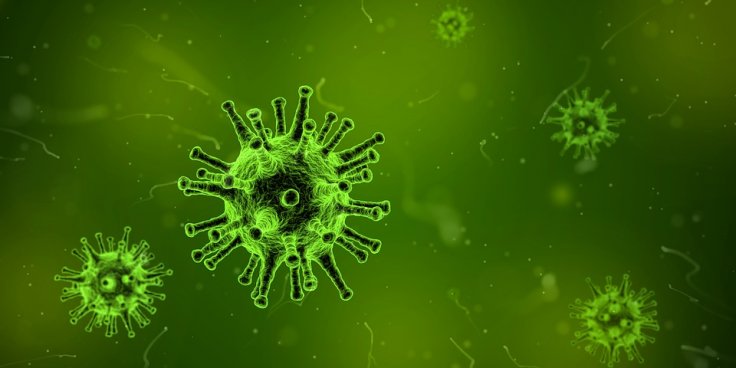
A Chinese man's gut bacteria, which led to the development of a fatty liver inflammation disease caused among heavy drinkers made him drunk without consuming alcohol.
The 27-year-old patient, who suffered from non-alcoholic steatohepatitis, got a high blood alcohol reading of about 400 mg per decilitre, which most of the individuals get when down at least a dozen shots of hard liquor.
In this rare condition known as an auto-brewery syndrome (ABS), the patient's gut microflora takes carbohydrates in the food and ferment them into an intoxicating level of ethanol, leading to the damage of liver as the intestinal bacteria turn last night's food into their very own homebrew.
An individual suffering from the syndrome, mostly caused by an overrepresentation of the brewer's favourite fungal friend Saccharomyces cerevisiae, shows symptoms including excessive belching, dizziness, dry mouth, hangovers, irritable bowel syndrome, and chronic fatigue syndrome.
The man's condition was, however, caused by Klebsiella pneumoniae bacteria, which similarly ferments carbohydrates into alcohol in the gut and accelerates the non-alcoholic fatty liver disease.
The condition, claimed by numerous individuals as a defence against drunk driving charges, can also lead to other health issues such as depression, anxiety, and poor productivity in employment.
"We initially thought it was because of the yeast, but the test result was negative so we suspected his disease might be caused by something else," Jing Yuan, a paediatrician from Capital Institute of Pediatrics explained.
According to Yuan, an examination of the patient's faeces identified the potential candidate in the form of microbe Klebsiella pneumoniae.
In a study of the patient, which was presented in Cell Metabolism, researchers compared his microbes with those in 43 other people with non-alcoholic fatty liver disease (NAFLD), and a further 48 healthy individuals, to verify a link between the K. pneumoniae and fatty liver disease.
The abundance of these two fermenting strains and their ability to churn out alcohol was much higher (60 per cent) in individuals with NAFLD, compared with just six per cent in healthy participants.
The researchers found the abundance of K. pneumoniae in most individuals increased by around 0.02 per cent, but the change was about 19 per cent in his case.
The team then isolated strains of the bacterium and infected the guts of mice with them to find serious signs of scarring in their livers some two months later.
"NAFLD is a heterogeneous disease and may have many causes, but our study shows K. pneumoniae is very likely to be one of them," the researcher said.
Fellow researcher Di Liu said having the microbe in the gut meant the body was "exposed to alcohol constantly".
According to the US National Library of Medicines, the condition is most severe in individuals with high carbohydrates diet, and the treatment includes modification in the diet requiring a high protein and low carbohydrates.
The use of antibiotics, carbohydrate control, and antifungal therapy have been reported by the NLM website as successful treatments.









